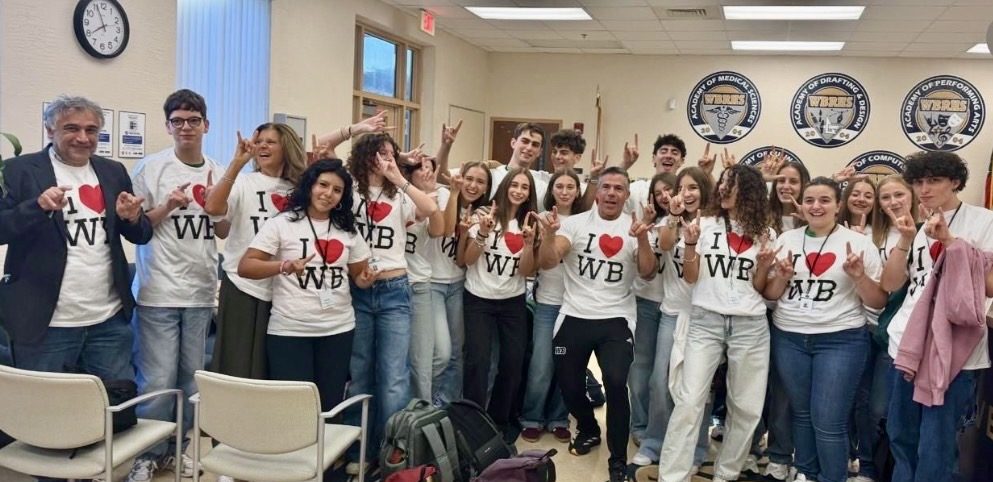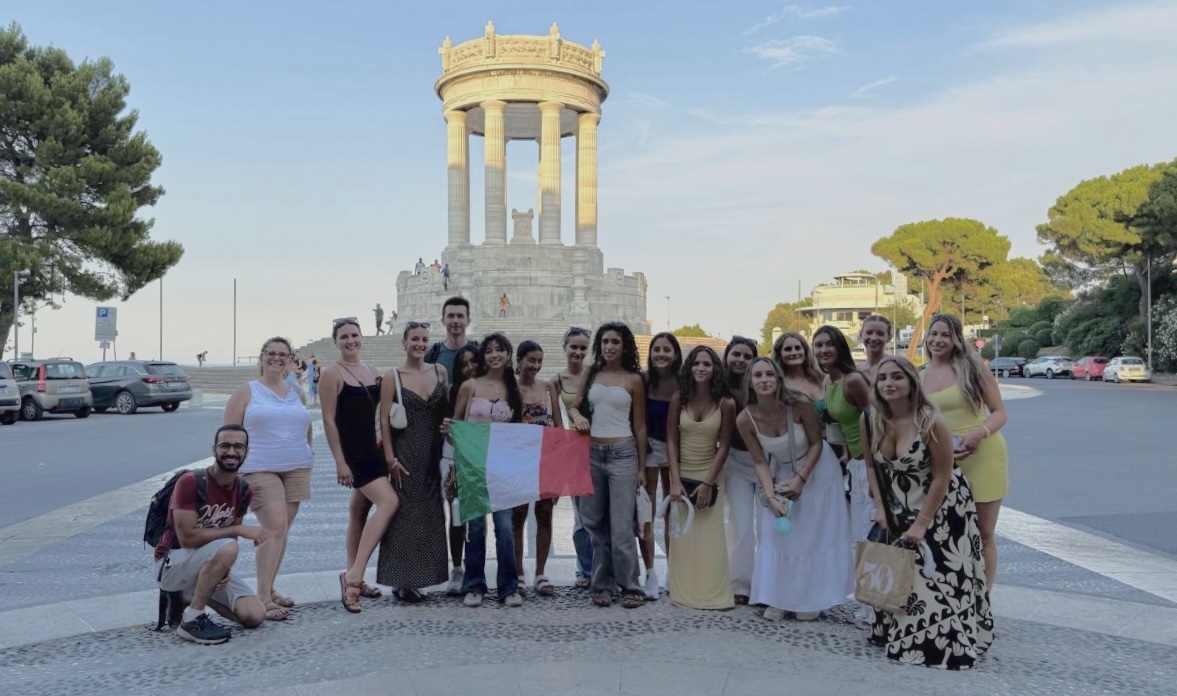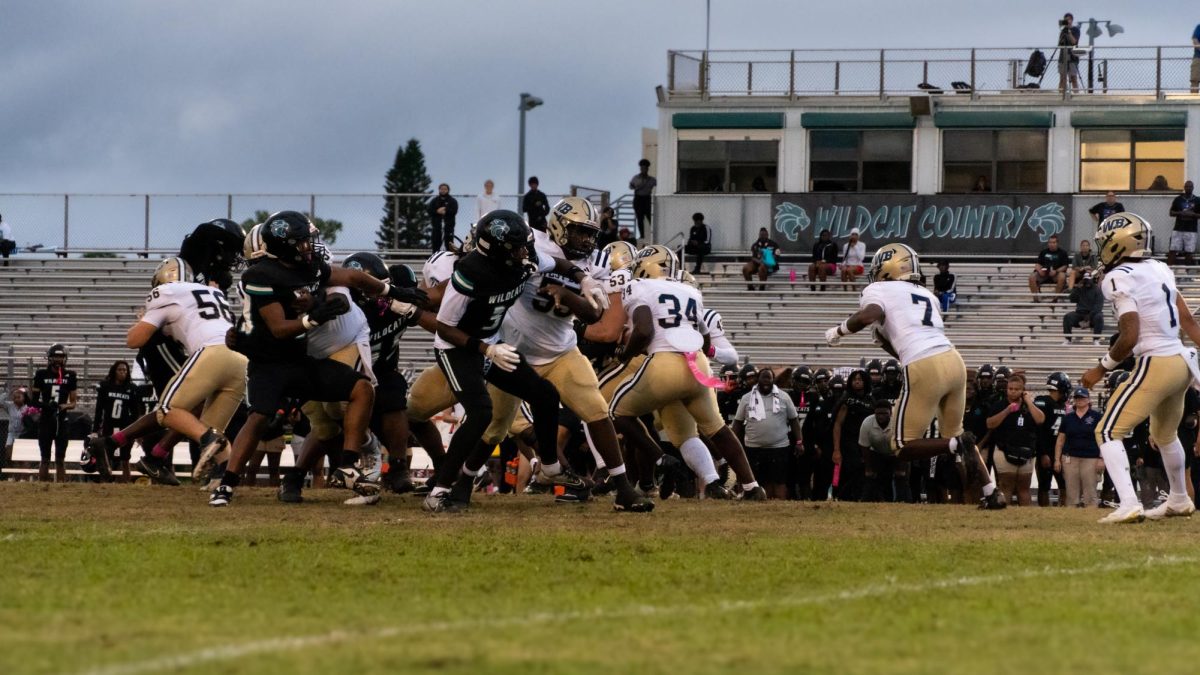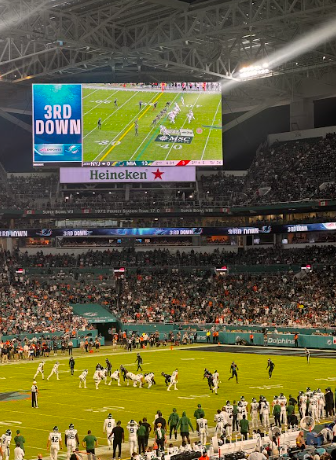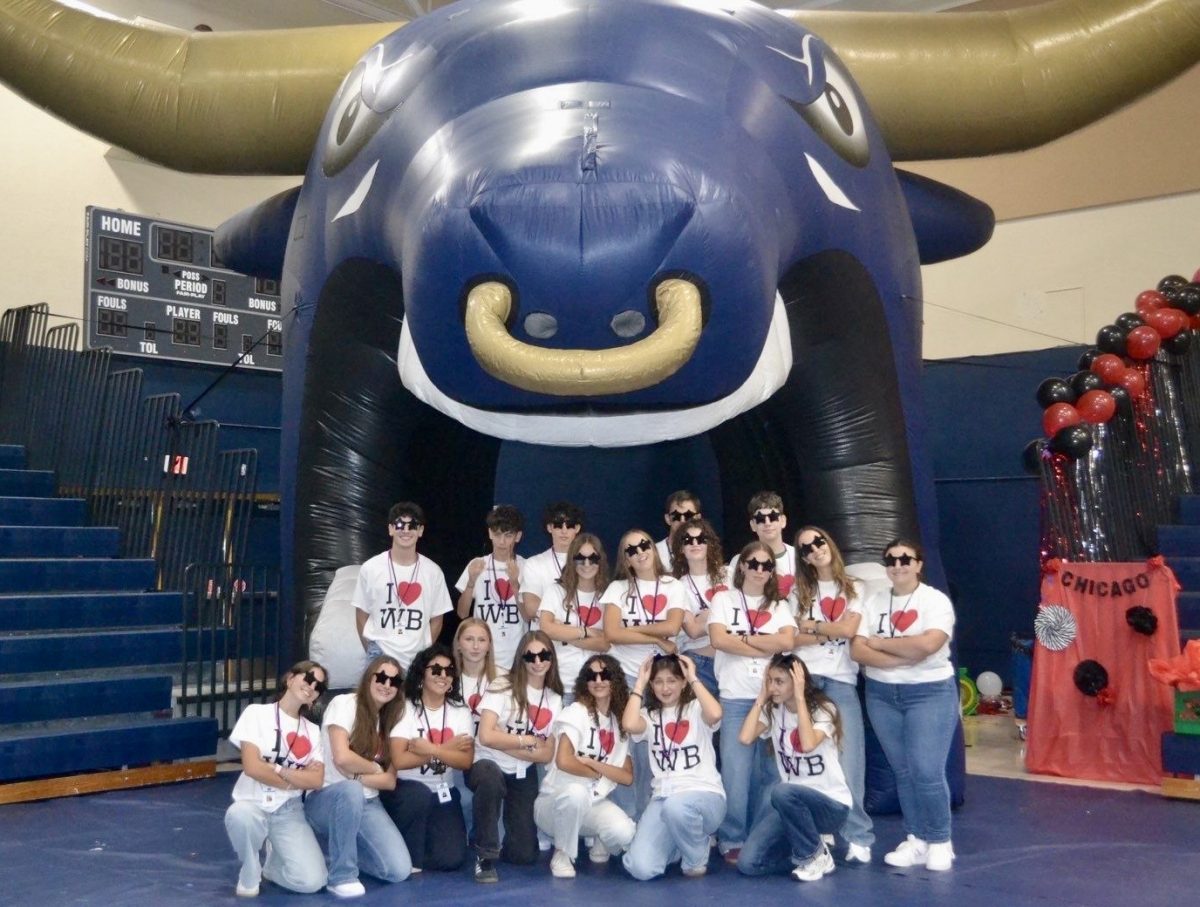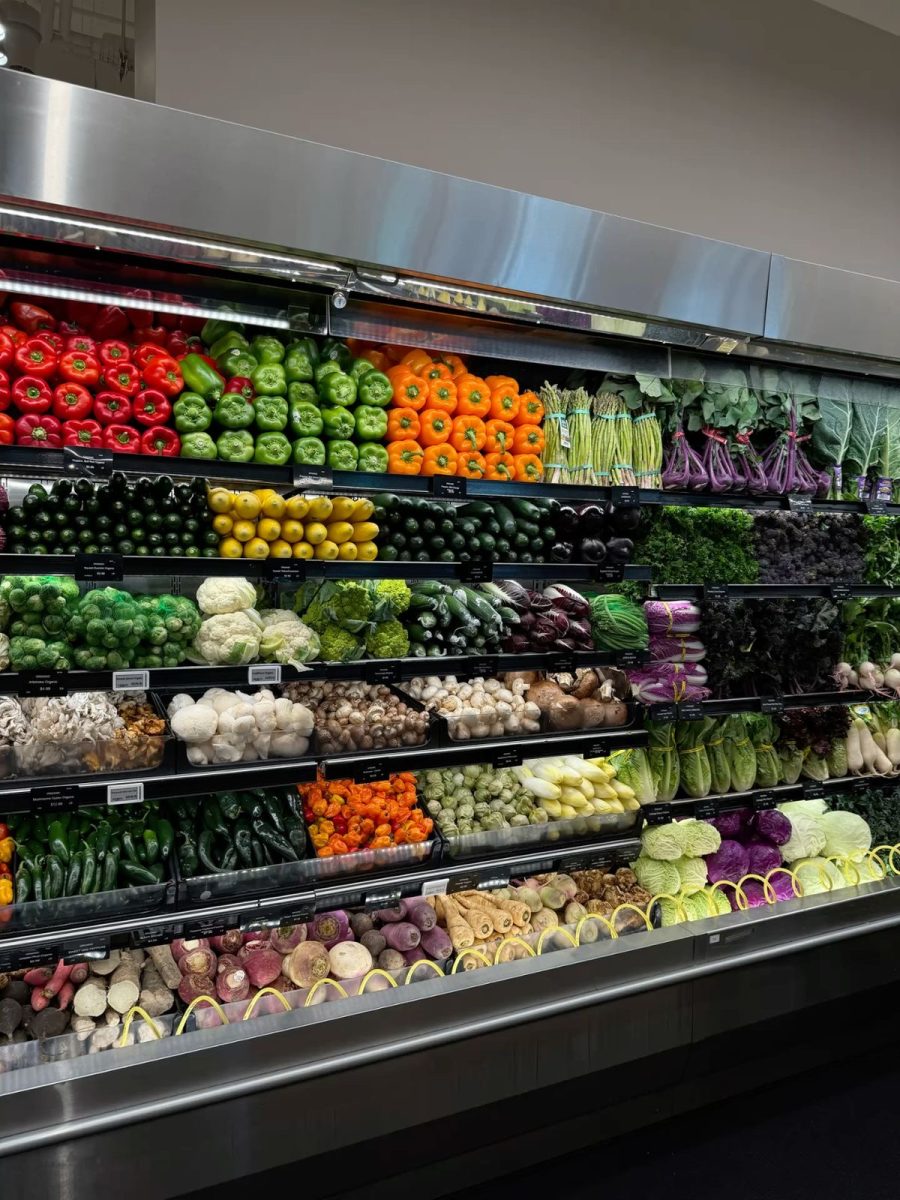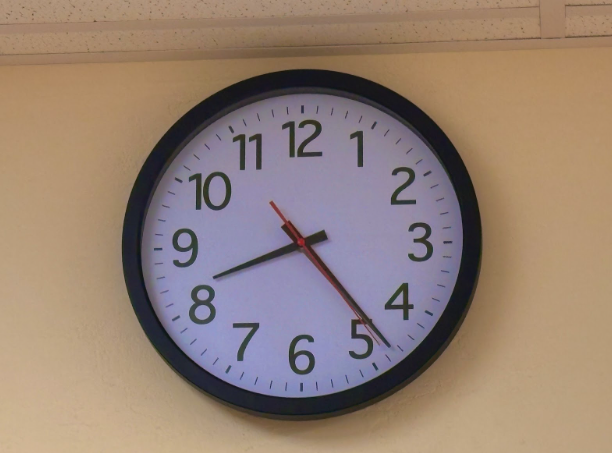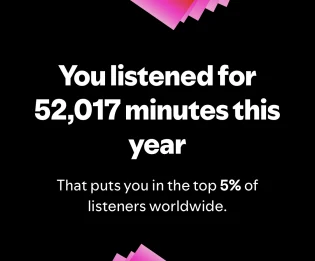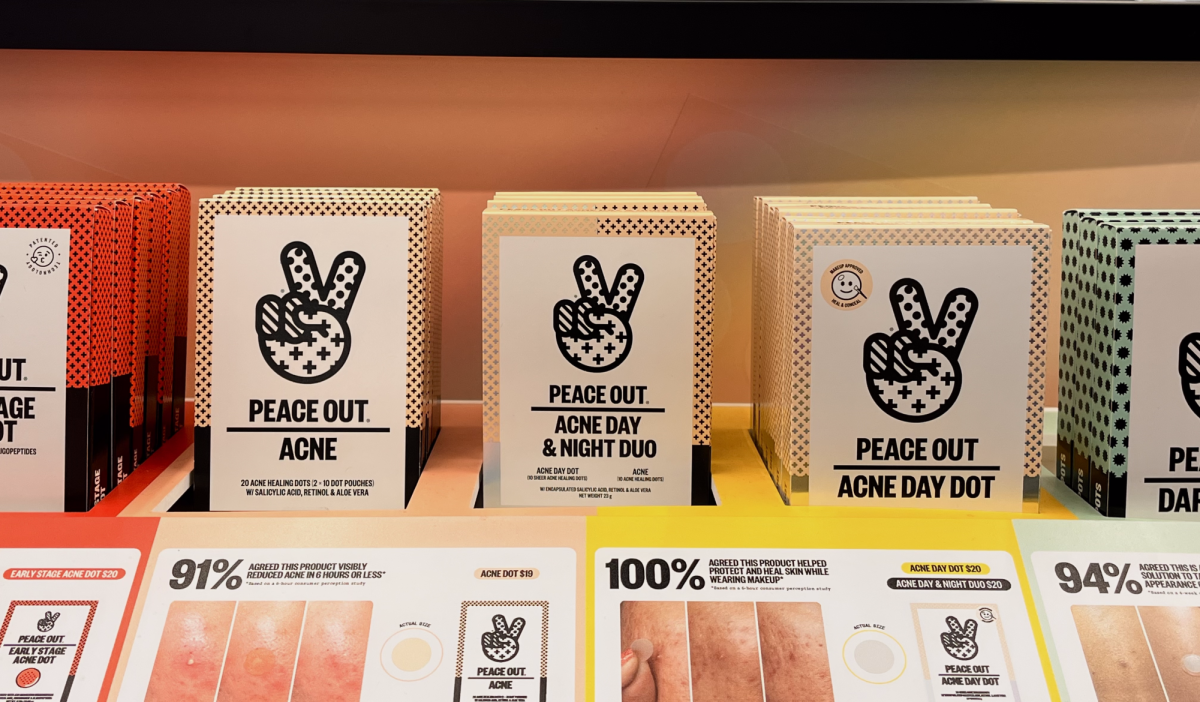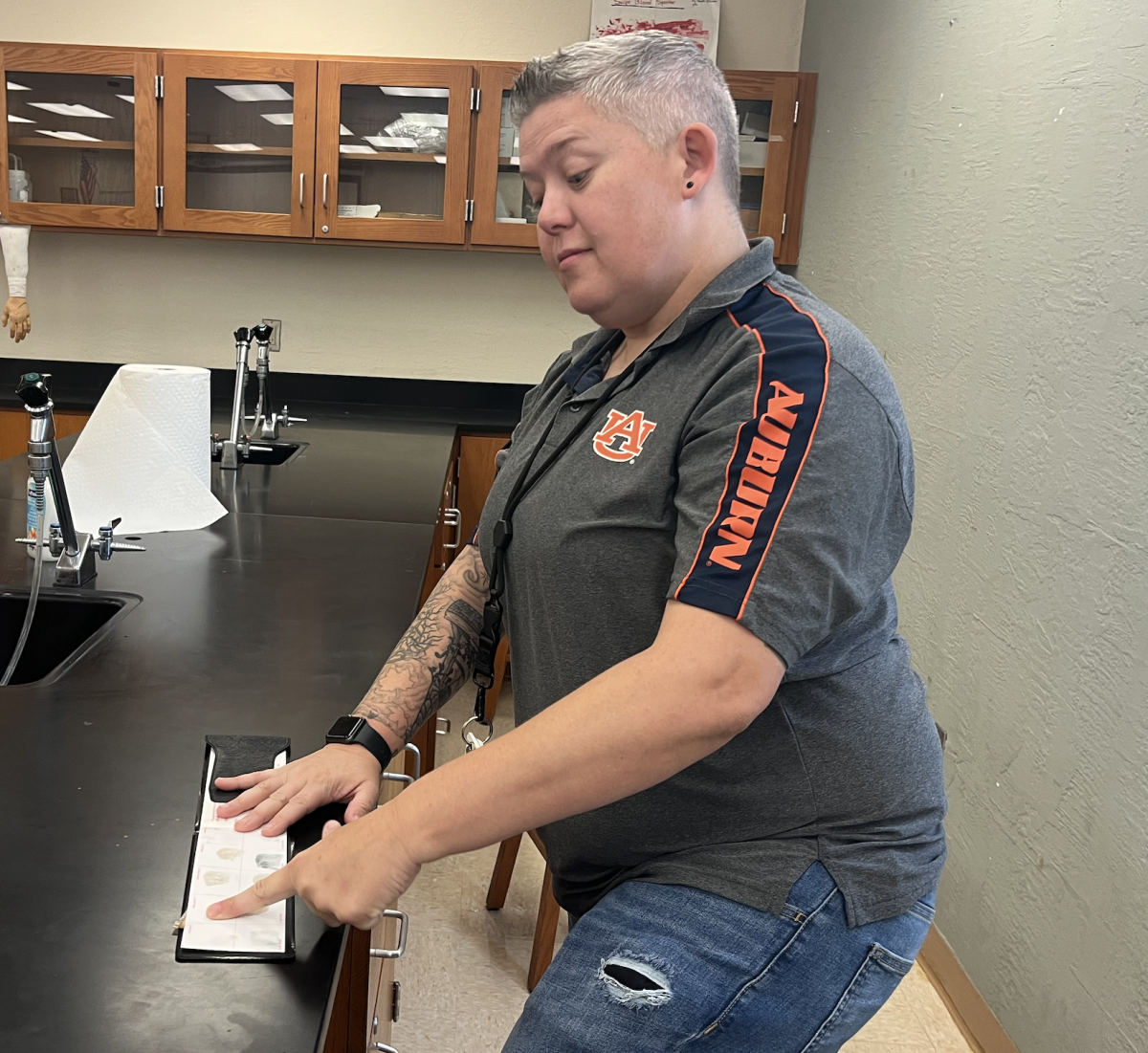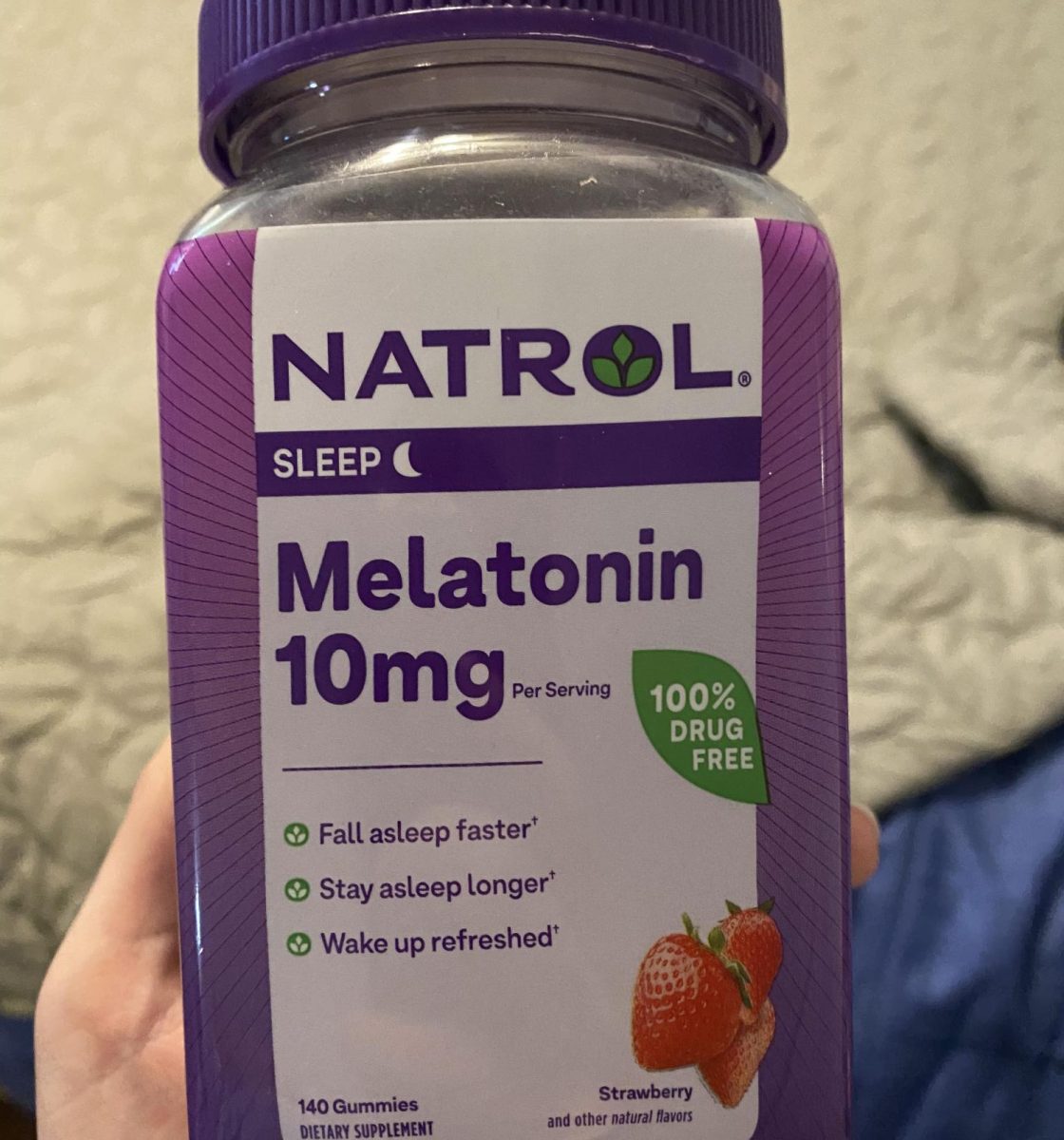Love is in the air. Chocolate heart boxes and giant stuffed teddy bears fill the shelves of every store, and the rosy tinted cheeks of pubescent peers fill the halls of schools with an air of, more than anything, obligation. The obligation of every participant to confess their love for one another using mass-produced trinkets and toys under the guise of sincerity. The obligation to spend as much as possible to convey the weight of your emotions with the rise in digits on a price tag. The obligation to project your affection in grand, gratuitous gestures as if you should love your partner more on this day than any other. Valentine’s day is prime time for companies to push this conformist consumer culture onto eager lovers and cynics alike, extorting the widespread desire for genuine connection for monetary profit.
The U.S. Department of Health and Human Services provides that “Even before the onset of the COVID-19 pandemic, approximately half of U.S. adults reported experiencing measurable levels of loneliness.” The U.S has been in a state of connective decline, with the onset of online communication and social media only facilitating the disregard for face-to-face contact. Now, after the pandemic, with so many people feeling isolated and detached from society, people are looking for opportunities to rekindle or create connections.
The problem is, Valentine’s day isn’t the opportunity many think it is. In fact, Board Certified Psychiatrist Syeda Sultana illustrates how “ the commercialization of Valentine’s Day can create unrealistic expectations and financial strain, leading to stress and anxiety for individuals and couples alike. The constant bombardment of images depicting idealized relationships and extravagant gestures can distort reality and contribute to feelings of dissatisfaction or inadequacy in one’s own relationships.”
How do companies play into this? Well, in 2023, Valentine’s Day chocolate and candy sales exceeded $4 billion, the NCA says. Not only that, but “consumers plan to spend $25.8 billion on Valentine’s Day this year — an average of $185.81 per person,” according to the National Retail Federation. When taking into account the detriment that Valentine’s Day contributes to the already prevalent ‘loneliness epidemic,’ and the simultaneous levels of immense profit that companies receive, it’s easy to see how Valentine’s facade of opportunity bargains the sincerity and connection of the population in return for corporate gain. We spend so much money in the hopes of receiving mutual connection, but end up facing the distorted illusion that Valentine’s Day fools us into believing.
In a nutshell, companies are benefiting from the desperation for love that so many suffer from. Valentine’s Day can be positive when you’re receiving nice things, but take into account the bigger picture; the nature of capitalism and the thirst for monetary gain above all else. Do you consider your love a product? And could you put a price tag on it?


